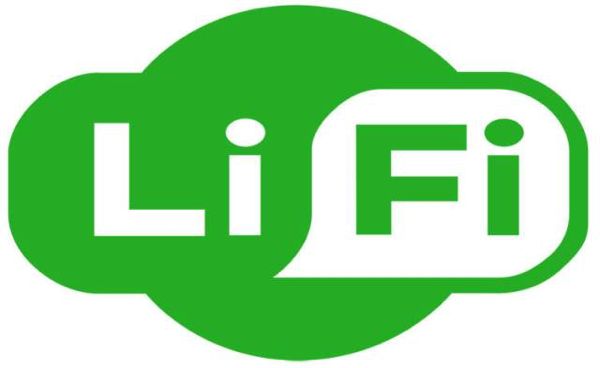Get ready for LiFi

We recently published an article about 5 things you might have missed last month, in which one of the items we covered was the recent demonstration of a working LiFi system. Several people have since expressed an interest in finding out more about the new networking technology – so what exactly is it?
In the next few years we might be hearing a lot more about LiFi (sometimes also called “Li-Fi”), an alternative to Wi-Fi in some circumstances that uses light as the transmission medium, and is supposedly capable of 1 Gbps speeds. That’s much faster than the average Wi-Fi speed that most of us have today. With such high throughput, it would be possible to download content such as movies in a fraction of the time it takes now.
LiFi (which in fact stands for Light Fidelity) is a two-way communication technology that sends data using light, via LED bulbs which flicker on and off at a frequency not even noticeable to our eyes. The technology was invented in 2011 by Harald Haas and has supposedly already been demonstrated (in lab conditions) at an amazing 224 Gbps. LiFi is now an international standard, opening the door for lots of new and exciting products in the near future.
LiFi has also recently been put to practical use outside the lab, being trialled in offices in Tallinn, Estonia, where speeds did indeed reach 1 Gbps. “We are doing a few pilot projects within different industries where we can utilise the VLC (visible light communication) technology,” Deepak Solanki, CEO of Estonian firm Velmenni recently told IBTimes UK.
“Currently we have designed a smart lighting solution for an industrial environment where the data communication is done through light. We are also doing a pilot project with a private client where we are setting up a Li-Fi network to access the Internet in their office space.”
Wi-Fi is of course able to penetrate solid objects, but because LiFi uses light it has a more limited working distance of typically a few metres. That’s also a benefit in terms of security as it means communications can’t easily be intercepted and certainly not by anyone in another room.
LiFi also seems like a natural fit for our increasingly smart homes. The special LED bulbs may not only provide lighting but also create in-home networks for tablets, smartphones and computers to connect to. And recognising the huge potential a handful of companies are already developing consumer and business-focused LiFi hardware, such as for Oledcomm (currently conducting trials in local French hospitals) and pureLiFi (a company created by Harald Haas himself).
pureLiFi has already developed several LiFi products, one called Li-1st which offers two-way communication with 11.5 Mbps downlink and uplink speeds of up to three metres. The system also of course provides illumination. As pureLiFi states on its website, Li-1st “has been created to provide a platform for pilot projects with pureLiFi partners, and to establish engagement on pureLiFi’s high-speed technology path, upon which this product is the initial step”, so while it’s not quite a fully-fledged consumer product yet, it’s only a matter of time before anyone will be able to go out and buy plug and play LiFi products.






